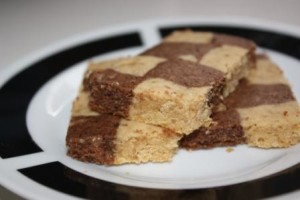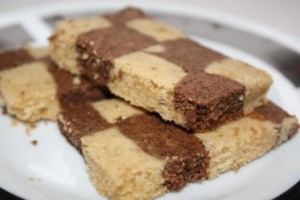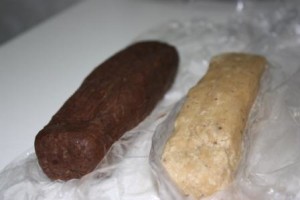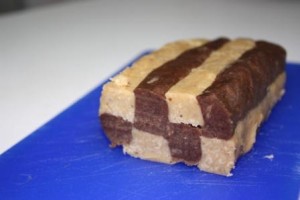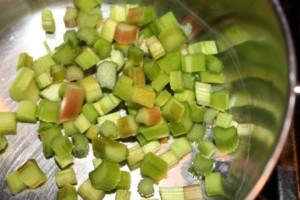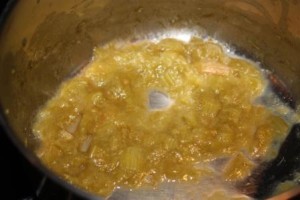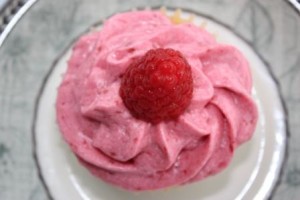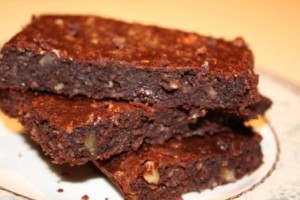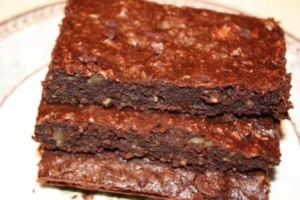Most of the Brazilian recipes I Google pop-up on the first search page, but for Sagu I had to do a little more digging. I’m not sure if it has to do with the popularity of this dish, or that maybe it is more regional to the area we are living in. I say this because I happened to mention it to my host during my visit to Minas Gerais and she hadn’t heard of it before.
Sagu is basically tapioca pearls. It is served as a dessert around here and you can often find it among other sweets on per kilo buffets (which are the normal lunch for many Brazilians). Sagu can be made with only juice. However, I prefer the version made with juice and wine.
My husband’s coworkers have joked before that they loved it as kids when their grandmothers made Sagu because it meant they got to have a little wine. Although, considering the cooking process, I doubt there is much alcohol left in the final dish.
Sagu reminds me a lot of a jello salad (without all the artificial ingredients). The pearls become slightly chewy and the cooking process turns the liquid into a thick sweet sauce that has an intense tangy flavor from the concentrated wine. It’s good at room temperature or cold, but after it gets cold the pearls and sauce really solidify so it does become thicker and a bit sticky.
Since having Sagu out at restaurants I wanted to try it myself at home which is why I made it #24 on my 30 Foods List. Like most culturally specific foods there are different recipes for making it. Some cook the sagu in water before adding the wine or juice, others also include cinnamon and clove for flavoring. Me, well, I just followed the recipe on the back of the bag of tapioca pearls.
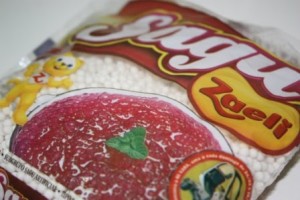
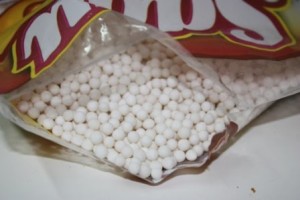
I think we’ve established that desserts in Brazil are sweet, really sweet. So it’s no surprise that in addition to a liter of juice the recipe calls for 2 cups of sugar! You’ll be happy to know that I left that out. I used ½ juice and ½ table wine, and knowing the juice had some sugar in it to begin with I knew it would be sweet enough for me and it was.
I think you should be able to get your hands on tapioca pearls in the States pretty easily so if you are looking for something a little different for dessert, give Sagu de Vinho a try.
1 cup tapioca pearls
½ liter grape juice
½ liter red table wine
Add all ingredients into a medium to large soup pot. Cook over low heat until the pearls become transparent and are cooked through, about 30 to 45 minutes.
A note to San Francisco readers and those headed to the Foodbuzz Fest:
I’m headed to the event and will be in the area for an extended period. If you want to meet up at some point to talk food, health and culture let me know!

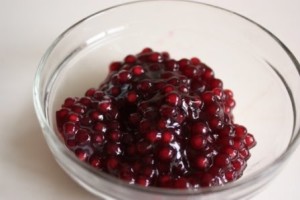
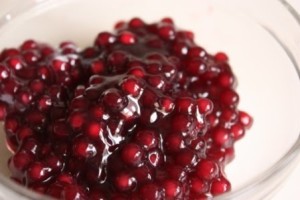
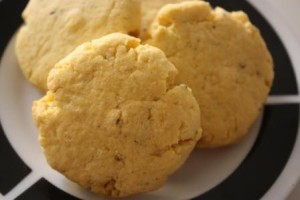
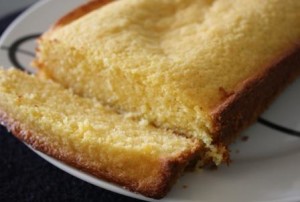
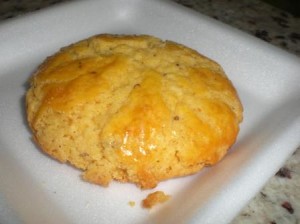
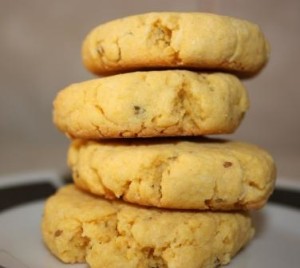
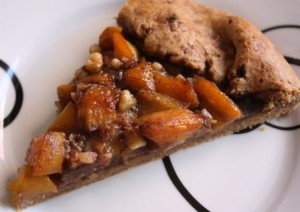


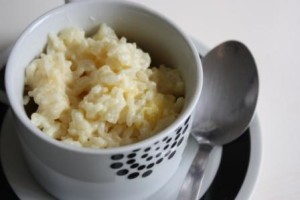
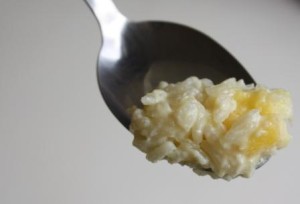

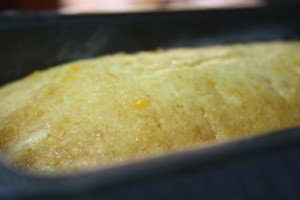
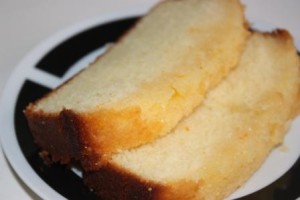

 1 ¾ cup whole wheat flour
1 ¾ cup whole wheat flour


